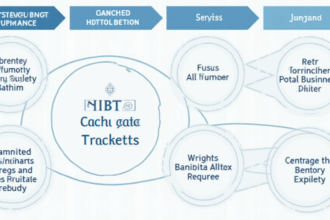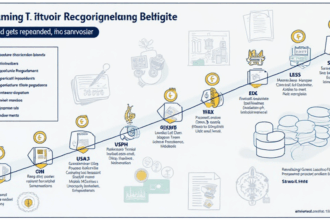Bitcoin Layers: Enhancing Security and Scalability in 2025
With a staggering $4.1 billion lost to DeFi hacks in 2024, the cryptocurrency world is at a critical juncture. The rise of Bitcoin Layers seeks to address the security vulnerabilities and scalability issues plaguing decentralized finance (DeFi) platforms. This article delves into the potential of Bitcoin Layer to revolutionize the digital asset landscape while adhering to the highest standards of blockchain security.
Understanding Bitcoin Layers
Bitcoin Layers are innovative protocols built on top of the Bitcoin blockchain that enable enhanced functionalities like smart contracts and rapid transaction processing. They serve as scalable extensions that help in overcoming the limitations of the primary Bitcoin network. Imagine Bitcoin as a core engine, with Layers acting as turbochargers that make the engine faster and more efficient.
How Bitcoin Layers Work
- Transaction Aggregation: Bitcoin Layers allow for the bundling of multiple transactions into a single batch, improving processing speeds.
- Smart Contracts: Developers can deploy self-executing contracts that automatically enforce terms without intermediaries.
- Scalability Solutions: By offloading transactions from the main chain, Layers contribute to significant performance improvements.
For example, the Lightning Network is one such Bitcoin Layer that allows users to conduct off-chain transactions, thus enhancing speed and efficiency.

The Current State of Bitcoin in Vietnam
The Vietnamese crypto market has seen a remarkable growth rate of 65% in users in the past year, highlighting the increasing adoption of cryptocurrencies in the region. With more Vietnamese citizens embracing digital currencies, understanding the potential of Bitcoin Layers becomes vital for both investors and developers.
Market Trends and Future Projections
- Increased adoption of Bitcoin Layer solutions in Vietnam.
- Emergence of local DeFi projects utilizing Bitcoin Layers for security.
Quickly adapting to these trends could yield great opportunities for both new and existing projects.
Security Vulnerabilities in DeFi
Bitcoin Layer solutions are set to address several vulnerabilities that currently plague DeFi platforms. Some common issues include:
- Smart Contract Flaws: Vulnerabilities that allow hackers to exploit contracts.
- Centralized Points of Failure: Many DeFi applications rely on centralized services, which can be compromising.
By integrating Bitcoin Layer protocols, projects can enhance their security frameworks, significantly reducing these risks.
Implementing Bitcoin Layers for Security
- Conduct rigorous audits of smart contracts before deployment.
- Utilize open-source libraries for greater transparency.
As seen in the case of DeFi projects that successfully utilized Bitcoin Layers, rigorous security measures significantly lowered the risk of hacks.
Conclusion: The Future of Bitcoin Layers
As the interest in cryptocurrencies continues to grow, Bitcoin Layers have emerged as vital components in enhancing security and scalability in the industry. By addressing vulnerabilities prevalent in DeFi platforms, Bitcoin Layer solutions can lead the way in fortifying the cryptocurrency ecosystem.
In summary, the adoption of Bitcoin Layers may just be the solution needed to protect digital assets while allowing for faster and more transactions in the ever-evolving financial landscape. As we move toward 2025, making informed choices about cryptocurrencies will be crucial for users and investors alike.
For more insights on cryptocurrency investment and security practices, check out hibt.com. Remember, this is not financial advice, and it’s essential to consult local regulators before making investment decisions.
Author: Dr. Nguyen Thanh, an expert in Blockchain technology with over 15 publications in digital asset security. He has led audits for major decentralized finance projects.







